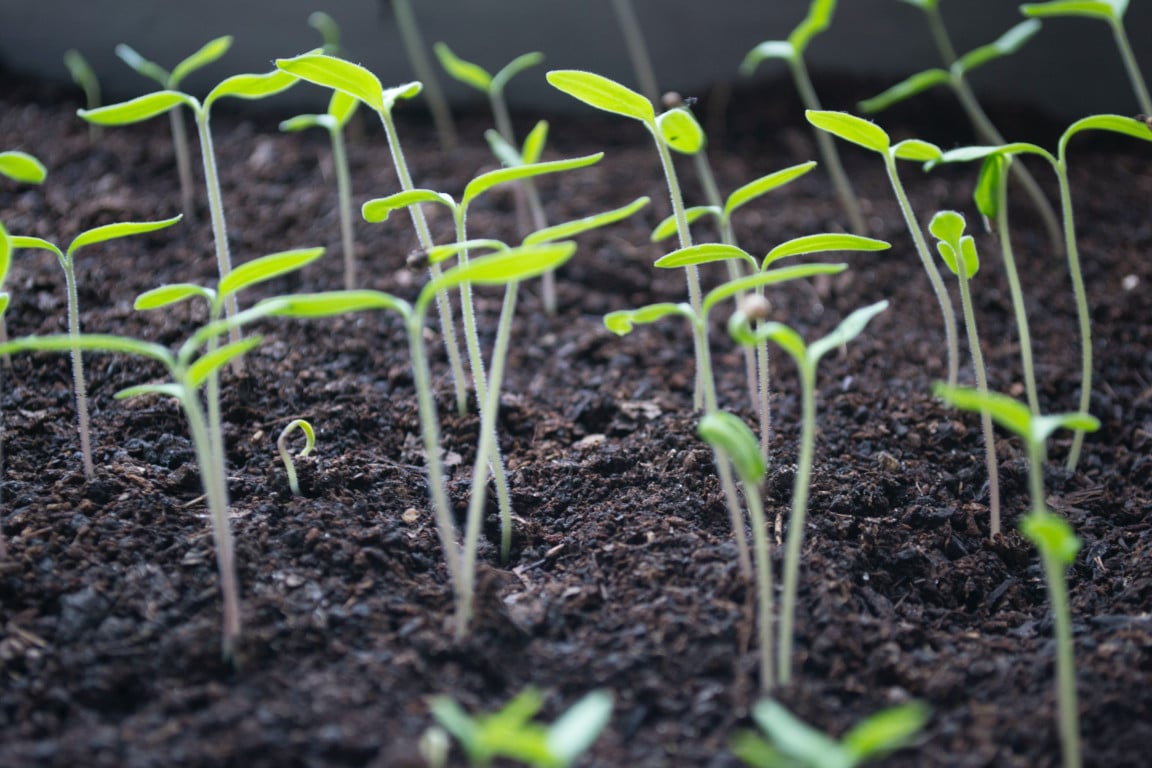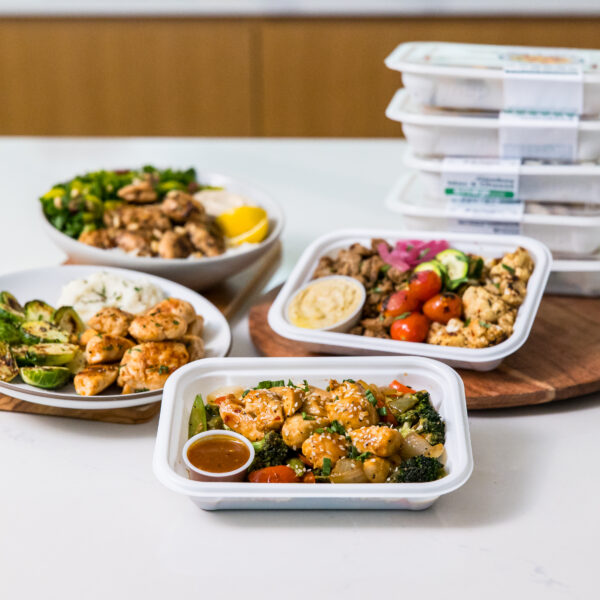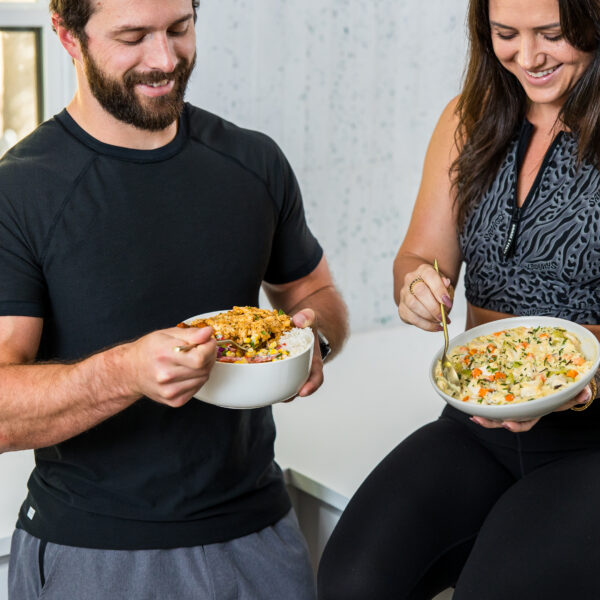Composting is a doubly beneficial way to keep your garden green and your food waste minimal!
Indoor vs Outdoor Composting
Although at the end of the day, composting is just the breaking down of organic matter into fertile soil, there are differences between indoor and outdoor projects.
Indoor Composting
Creating your compost indoors comes with the benefit of year-round climate control and efficient use of space. Even if you’re in a small apartment, you can dedicate a closed bin under the sink to composting and use it to nourish your houseplants.
There are two ways to compost indoors: aerobically and with vermicomposting. Aerobic composting relies on the microbes that are already present in regular garden soil to break down peels and scraps from your plate. Vermicomposting adds worms and additional microbes to speed up the process and make the compost even richer in moisture. Though they both produce high nitrogen, phosphorus, and potassium levels, vermicomposting also protects against pathogenic rot. But then the question becomes: how comfortable are you with keeping a worm box under your sink?
Outdoor Composting
When you compost outdoors, you have space to move around and can create a larger supply than you might be able to in the confines of your kitchen. You can compost either on bare soil or in a composting bin, but it’s best to start your pile on bare soil either way. This allows the worms and microbes that are already in your yard to work their magic! It’s important to keep your compost moist and covered to protect it from the elements. Every few weeks, you’ll also need to turn your compost over a few times to aerate it. Once your compost is ready, you can start using it for your yard.
DIY Compost Bins
Less necessary for outdoor piles, composting bins are a must-have if you plan on keeping your compost indoors. But don’t worry! There’s no need to invest in a fancy composter – you can DIY one easily using supplies you likely already have around the house.
Supplies:
- 2 plastic bins of different sizes
- A drill
- Screening material
- Waterproof glue
- Shredded paper
- Dirt
- Water
- Worms
- A trowel
- Food scraps container
Building Your Bin
- Drill a 1-inch hole near the top of the taller bin on opposite sides.
- Drill four 1/8-inch holes near the bottom corners of the bin.
- Cover each of the holes with a screen and secure with waterproof glue. Make sure to dry completely before continuing to the next step!
- Place the tall bin inside the short bin.
- Combine 3 inches of shredded paper, soil, and a little water in the tall bin and add your worms.
- Collect plant-based food scraps in the smaller food scrap bin. Meat, fish, and dairy will cause your pile to rot.
- Once a week, add food scraps to the worm bin between layers of shredded paper, then cover with moist dirt and replace the lid of the big container.
- Check-in every month or two to drain out excess liquid from the worm bin. This liquid makes a great fertilizer! After the first few weeks, your compost will be ready to add to your plants, and your worm box will replenish itself with your weekly food scraps.
If you don’t want to add worms to your compost, you can just collect plant-based food scraps in a covered box of garden soil. This method will just take a little longer to produce usable fertilizer!
How to Use Your Compost
Once your compost is ready, there are plenty of ways to use it to help your garden grow greener. You can sprinkle compost on top of your soil or mix it into flower pots and vegetable beds. You can also rake compost into the soil surrounding trees and bushes or layer it over a lawn to give it an extra nourishing boost. Compost can be used on indoor or outdoor plants and is better than store-bought fertilizers because it is 100% natural.
What Foods to Compost
As a general rule of thumb, your compost should be vegan. Avoid adding meat, fish or dairy products that can rot and ruin your pile. If you have leftovers from any of your meals, pick apart what’s left on your plate and add only the fruits, veggies and bread or pasta scraps to your bin. Some Snap Kitchen meals that are completely compostable are our Pasta Primavera and Three Sisters Chili – but we doubt you’ll have any leftovers from these delicious dishes to compost anyway!
Do you have composting experience to share? Let us know in the comments!





Leave a Reply
No Comments